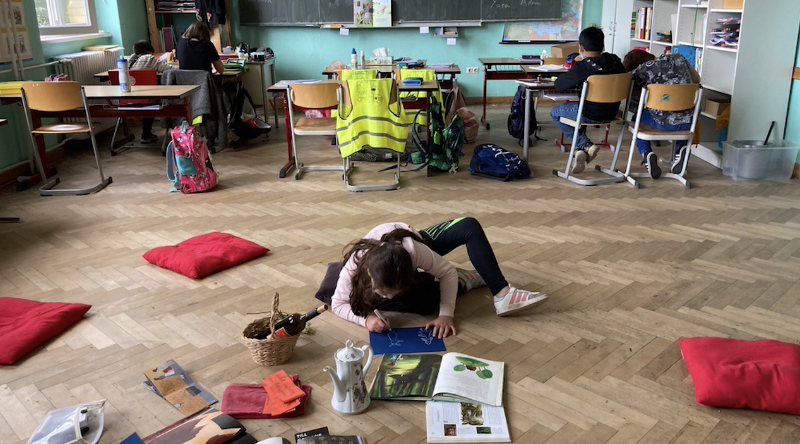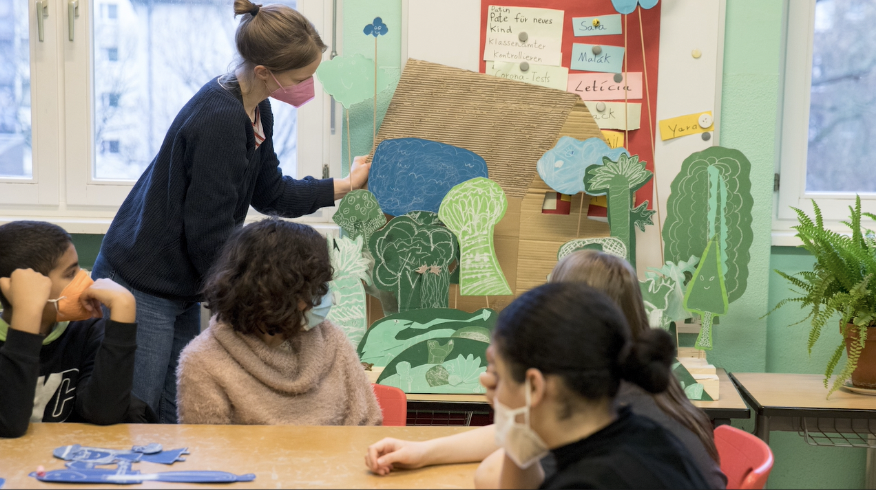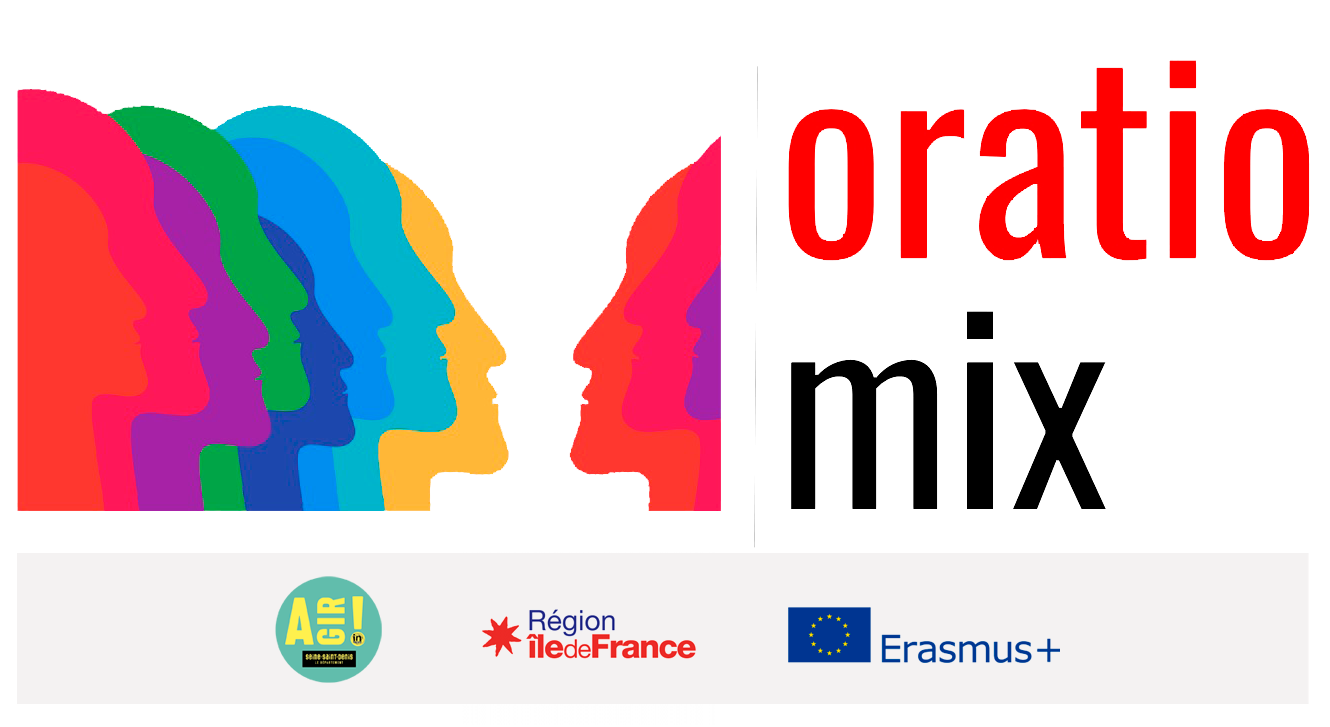Workshop bonus : Set designs and costumes
Implementation: what do we need?
– A workspace: the room provided must be large enough and arranged in such a way that it can accommodate all participants and allow freedom of movement, the workshop requiring physical commitment.
– A video distribution device or the printing of the illustrations in the annex
The participants
Primary students between 7 and 10 years, the group not exceeding 30 students
Speaker
School teacher, educator, theatre teacher
Objectives of this workshop
enrich their cultural references
stimulate their imagination
Time required
60-90 minutes
We recommend 60 minutes for 7-8 year olds and 90 minutes for 9-10 year olds.
Implementation
The workshops use techniques from the plastic arts such as painting, molding, collage and sculpture.
Finality
At the end of the session, children will have:
tried their plastic expression through various techniques
exercised their ability to integrate and reuse new aesthetics
1. Start session
The clap
In a circle, the children pass a clap to their neighbor. e (one claps in his hands) while making the circle. For the clap to pass, students must look each other in the eye before clapping their hands!
2. Esthetics
Through videos, illustrations and photographs, we come to expose students to different aesthetics through stage costumes and traditional clothes from around the world:
make-up like in Australia
jewelry as in Cameroune
headdresses as in Bolivia
Masks can be fully trained with:
the masks of the commedia dell’arte
the Venetian masks
the masks of the peking opera
the masks in the Kathakali
ritual masks in Nigeria, Malawi, Tibet, Japan and the Kwakwaka’wakw (non-exhaustive list of course, these are only suggestions!)
3. Creation
Then discuss with them what they like and what can be wise to be inspired for their story: a headdress for a king instead of a crown, a decorated stick that can serve both as a mount and a weapon, a large scarf that serves as a boat sail, of a witch’s cloak and a skirt of a dancer…
Also look at accessories that can be used as instruments such as maracasse bracelets. But beware of their manipulation during the performance, the noise of which could interfere with certain paintings…
Make the different costumes and accessories by making masks, headdresses, matching fabrics…
Note: the accessories are real supports for the game of students. They help them in the process of incarnation, stimulate their imagination, act as a reassuring crutch on which to rely to use their body in the scenic space.


3. End ritual
Clapping
The. a leader stands opposite the other members of the group in order to be seen by all. He/she positions his arms horizontally and will clap his hands above his head. The others must imitate him at his/her pace. Then, little by little, he.elle will accelerate until reaching applause.
